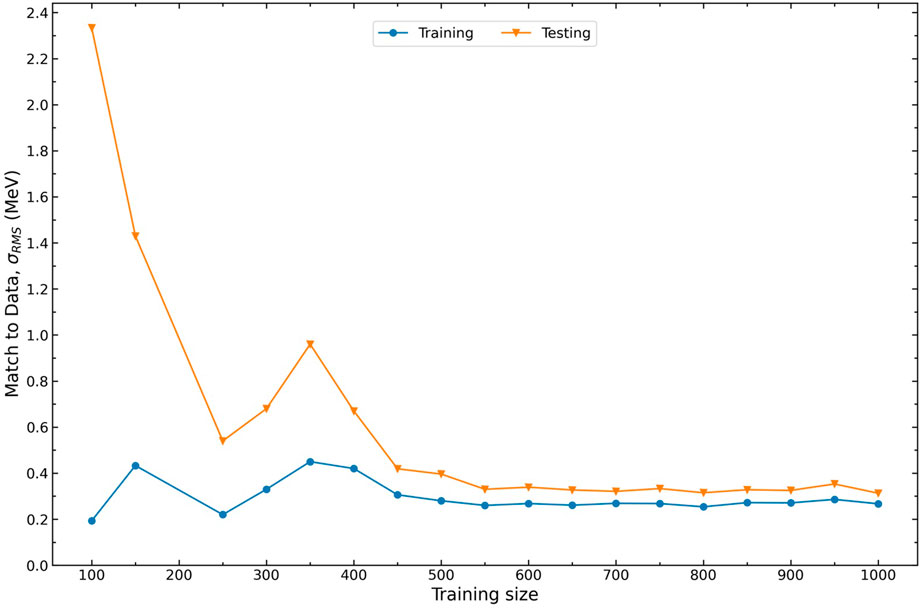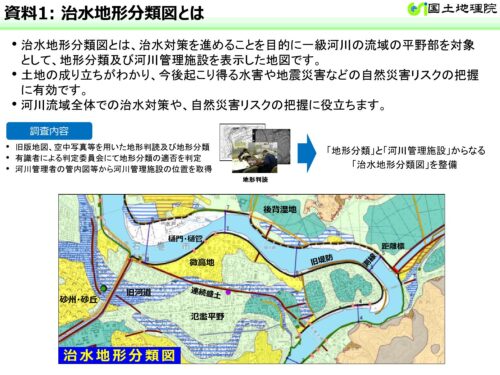2024-03-13 ロスアラモス国立研究所(LANL)
<関連情報>
- https://discover.lanl.gov/news/0312-ai-for-astrophysics/
- https://www.sciencedirect.com/science/article/pii/S0370269323007190?via%3Dihub
- https://www.frontiersin.org/articles/10.3389/fphy.2023.1198572/full
- https://journals.aps.org/prc/abstract/10.1103/PhysRevC.106.L021301
- https://journals.aps.org/prc/abstract/10.1103/PhysRevC.106.014305
宇宙物理学Rプロセスのための機械学習による原子質量 Atomic masses with machine learning for the astrophysical r process
Mengke Li, Trevor M. Sprouse, Bradley S. Meyer, Matthew R. Mumpower
Physics Letters B Available online:6 December 2023
DOI:https://doi.org/10.1016/j.physletb.2023.138385

Abstract
The astrophysical r process plays a vital role in the production of heavy elements. Modeling of the r process is sensitive to masses and further requires knowledge of masses beyond current experimental reach. Therefore, simulations of the r process offer a unique test bed for predicting mass extrapolations. We take a Machine-Learning (ML) approach to model the masses across the entire chart of nuclides. For the first time, we simulate r-process nucleosynthesis with a physics-based ML mass model. We compare simulated abundances to solar data in order to evaluate the model’s performance far from stability. The resulting r-process abundances up to thorium and uranium qualitatively match those of the observed solar system abundance pattern, with the characteristic peaks well positioned. We propagate the mass uncertainties obtained from the ML model to r-process abundance yields to estimate an uncertainty band associated with our approach. The size of the uncertainty band is approximately one order of magnitude which aligns with the uncertainty reported using alternative techniques.
機械学習アプローチによる原子核の基底状態質量のベイズ平均化 Bayesian averaging for ground state masses of atomic nuclei in a Machine Learning approach
Matthew Mumpower, Mengke Li, Trevor M. Sprouse, Bradley S. Meyer, Amy E. Lovell, Arvind T. Mohan
Frontiers in Physics Published:19 July 2023
DOI:https://doi.org/10.3389/fphy.2023.1198572

We present global predictions of the ground state mass of atomic nuclei based on a novel Machine Learning algorithm. We combine precision nuclear experimental measurements together with theoretical predictions of unmeasured nuclei. This hybrid data set is used to train a probabilistic neural network. In addition to training on this data, a physics-based loss function is employed to help refine the solutions. The resultant Bayesian averaged predictions have excellent performance compared to the testing set and come with well-quantified uncertainties which are critical for contemporary scientific applications. We assess extrapolations of the model’s predictions and estimate the growth of uncertainties in the region far from measurements.
核質量に対する物理的に解釈可能な機械学習 Physically interpretable machine learning for nuclear masses
M. R. Mumpower, T. M. Sprouse, A. E. Lovell, and A. T. Mohan
Physical Review C Published 1 August 2022
DOI:https://doi.org/10.1103/PhysRevC.106.L021301
ABSTRACT
We present an approach to modeling the ground-state mass of atomic nuclei based directly on a probabilistic neural network constrained by relevant physics. Our physically interpretable machine learning (PIML) approach incorporates knowledge of physics by using a physically motivated feature space in addition to a soft physics constraint that is implemented as a penalty to the loss function. We train our PIML model on a random set of approximately 20% of the atomic mass evaluation (AME) and predict the remaining 80%. The success of our methodology is exhibited by a σrms≈186 keV match to data for the training set and σrms≈316 keV for the entire AME with Z≥20. We show that our general methodology can be interpreted using feature importance.
確率的ニューラルネットワークから学習した核質量 Nuclear masses learned from a probabilistic neural network
A. E. Lovell, A. T. Mohan, T. M. Sprouse, and M. R. Mumpower
Physical Review C Published 13 July 2022
DOI:https://doi.org/10.1103/PhysRevC.106.014305
ABSTRACT
Machine learning methods and uncertainty quantification have been gaining interest throughout the last several years in low-energy nuclear physics. In particular, Gaussian processes and Bayesian neural networks have increasingly been applied to improve mass model predictions while providing well-quantified uncertainties. In this work, we use the probabilistic Mixture Density Network (MDN) to directly predict the mass excess of the 2016 Atomic Mass Evaluation within the range of measured data, and we extrapolate the inferred models beyond available experimental data. The MDN provides not only mean values but also full posterior distributions both within the training set and extrapolated testing set. We show that the addition of physical information to the feature space increases the accuracy of the match to the training data as well as provides for more physically meaningful extrapolations beyond the the limits of experimental data.


